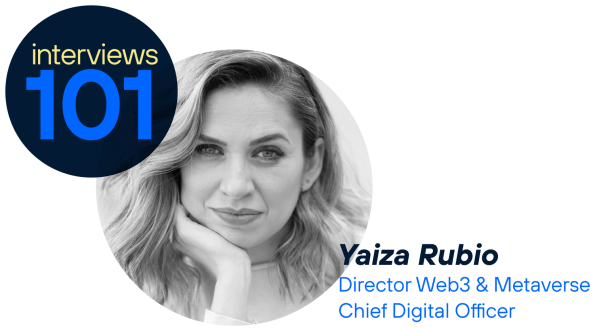The evolution from what is known as Web 1.0 to Web 3.0, via Web 2.0, runs parallel to how the history of the Internet has changed.
Although it is true that the network of networks originated in the mid-20th century in the context of the Cold War, its popularization began to take off with the birth of the first website in history in the early 1990s.
Web 1.0: static
Therefore, we could consider that moment as the start of Web 1.0, a concept that would not be used until we started talking about Web 2.0 and to differentiate one generation from another.
If we access this first web page, which is still available https://info.cern.ch/ we will find the main characteristics of the Internet of that time.
Static web pages with fixed content in which users simply read the information without having the ability to interact, since being able to comment or publish content is something that would still take a few years to arrive.
As a result of this lack of interaction, we find another characteristic feature of Web 1.0: unidirectionality, since the information was limited to passing from the pages to the users or readers.
The type of content hosted on these web pages was limited to text and, at most, images. Moreover, these contents were marked by the fact that they were not updated dynamically.
Although they have changed enormously due to all the new possibilities and uses that have emerged in subsequent decades, we also find that both browsers and search engines originated in the 1990s.
Web 2.0: interactive and social
After the turn of the millennium came the arrival of the second generation of websites, with notable differences with respect to its predecessor.
The term, although already enunciated in 1999 by web designer Darcy DiNucci, became popular in 2004 after Tim O’Reilly and Dale Dougherty called Web 2.0 Conference (later renamed Web 2.0 Summit) a series of talks on web evolution that would be held annually until 2011.
This step from Web 1.0 to Web 2.0 implied a change in the way of understanding and using it, without having any technical modification associated with it.
In this case, the web is characterized by the ability of users to interact with each other and with the content itself, not only reading but also sharing and commenting. Likewise, the pages became dynamic instead of static.
Collaboration and user participation is inherent to Web 2.0, bringing new features such as the ability to create communities of users related to different topics without having to be geographically located at the same coordinates.
The origin of social networks is one of the paradigmatic examples of what this second generation of the Web entails, as well as the development and popularization of blogs and microblogs, digital encyclopedias with collaborative capabilities, video or photo platforms, forums or online communities or collaborative tools.
Web 3.0: decentralized
This transition from passive information consumer to active creator is complemented by Web 3.0, where the user becomes the owner and manager of his own experiences and data.
The term was coined by Gavin Wood, co-founder of Ethereum, in 2014.
In this third generation, web applications are connected to each other to personalize the navigation of each person, favored by the development of new technologies such as Artificial Intelligence, Big Data or Blockchain.
A characteristic feature of Web 3 is that, as the data depends on each person, we are facing something more reliable and autonomous, allowing to customize services and applications adapting them to the different needs of each user.
Thus, we could summarize this third web generation as one marked by decentralization, transparency and user control.






